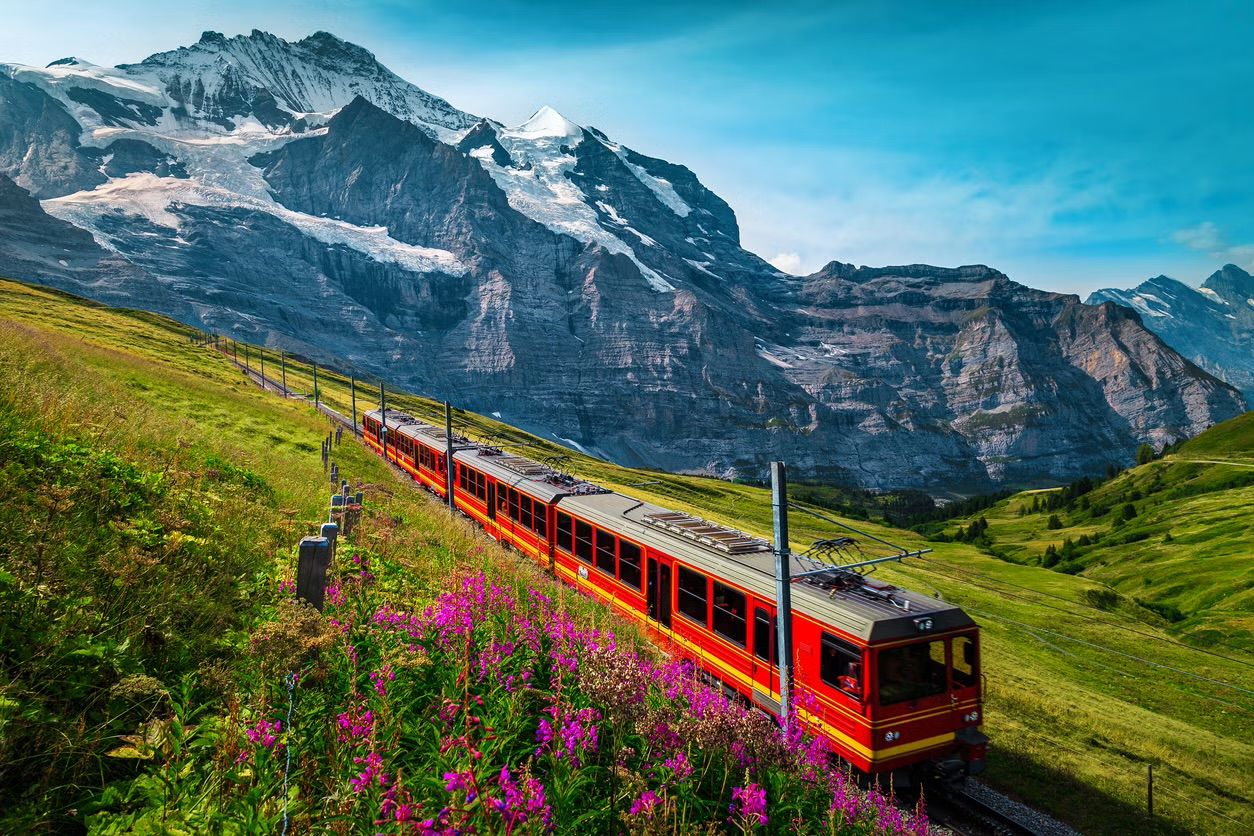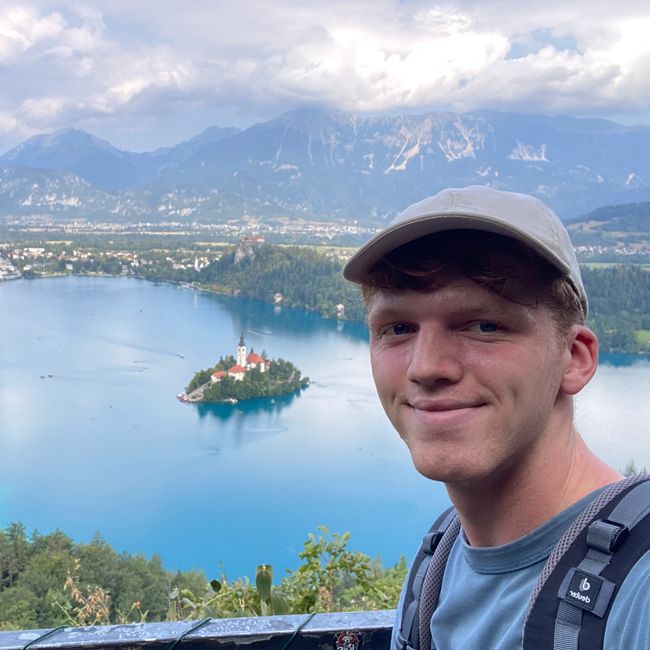Tag 4 - Old Town and Castle
Апублікавана: 31.08.2024
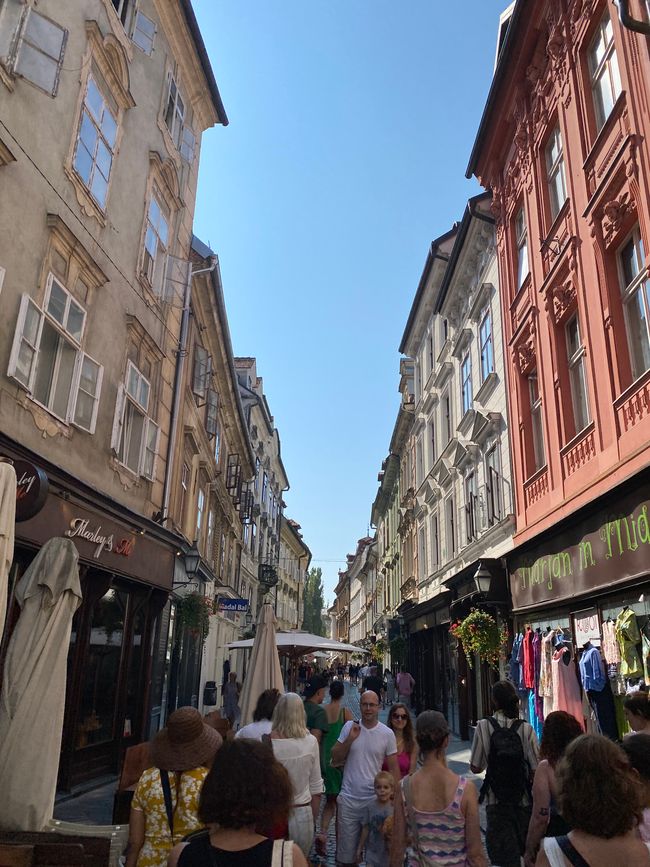
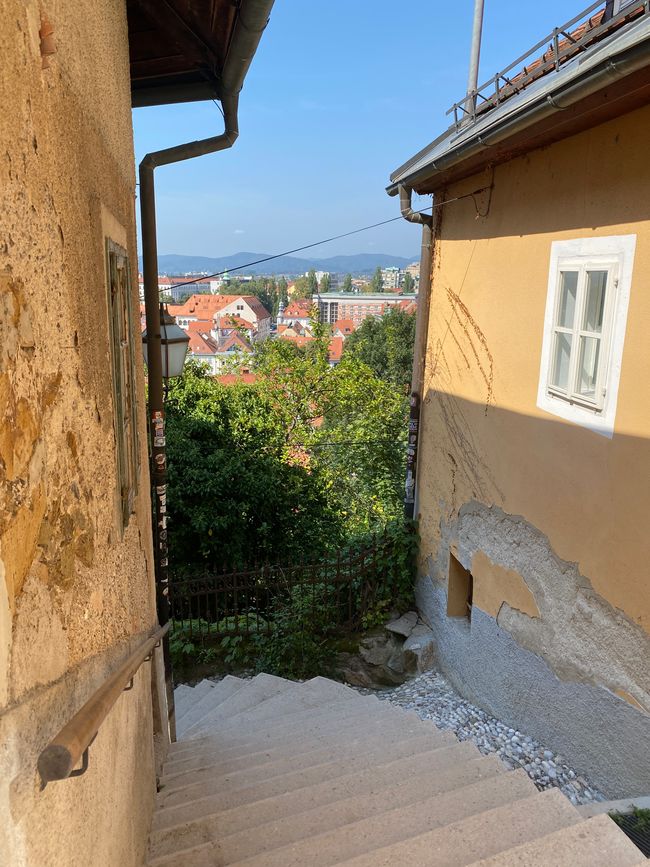


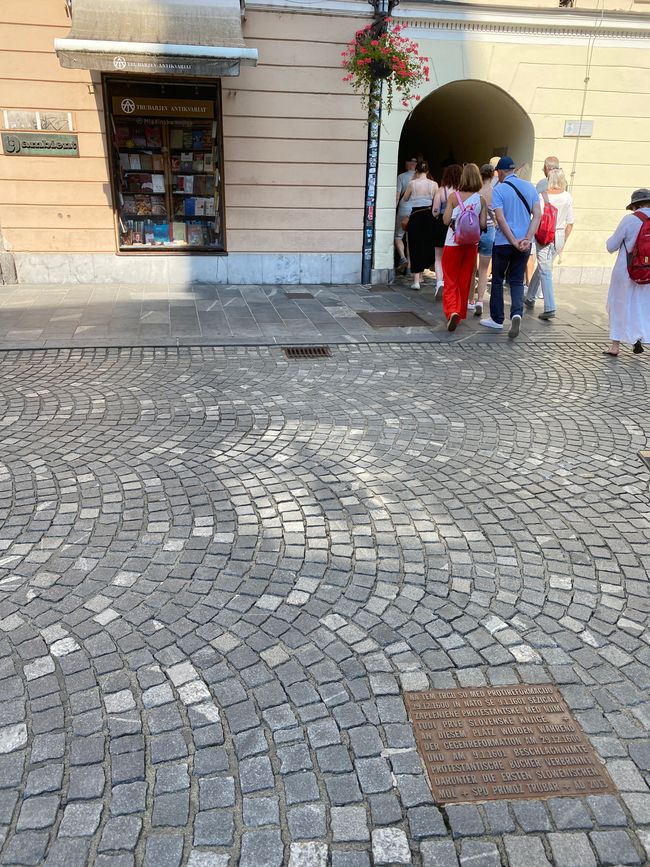
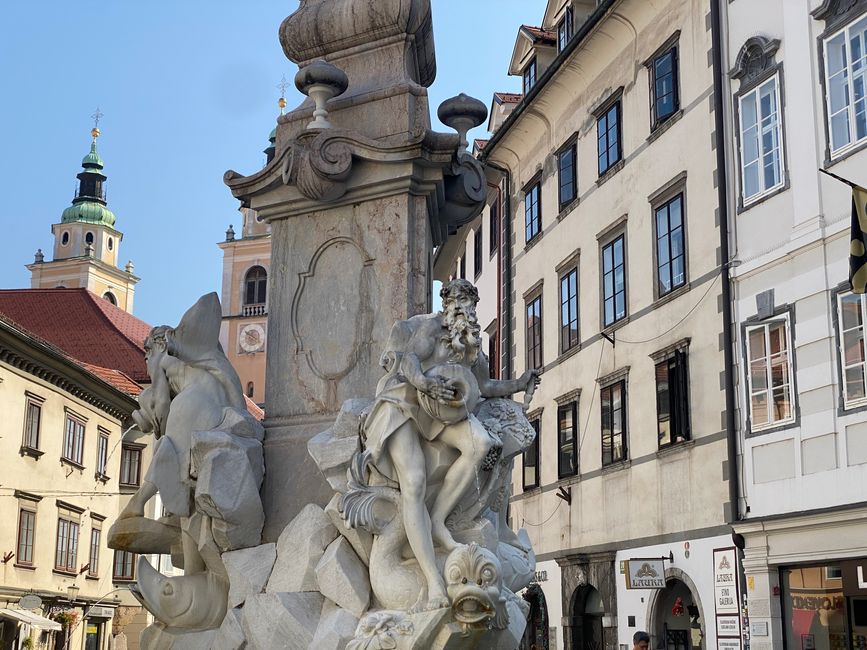
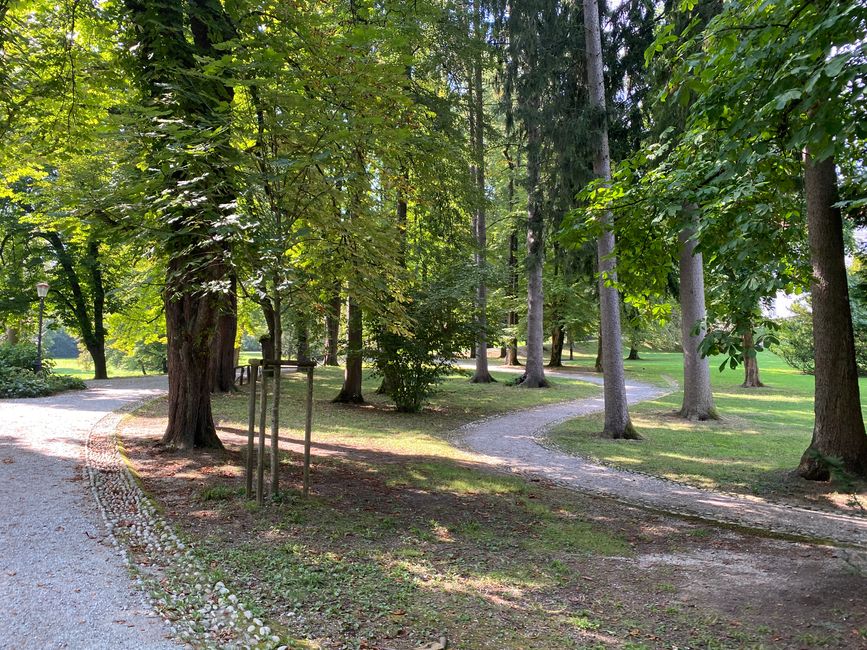
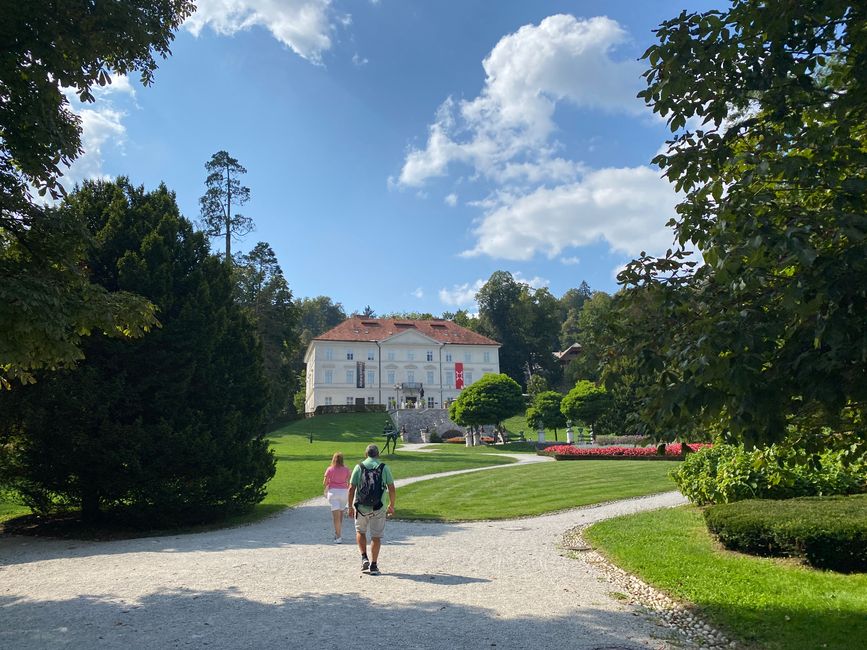
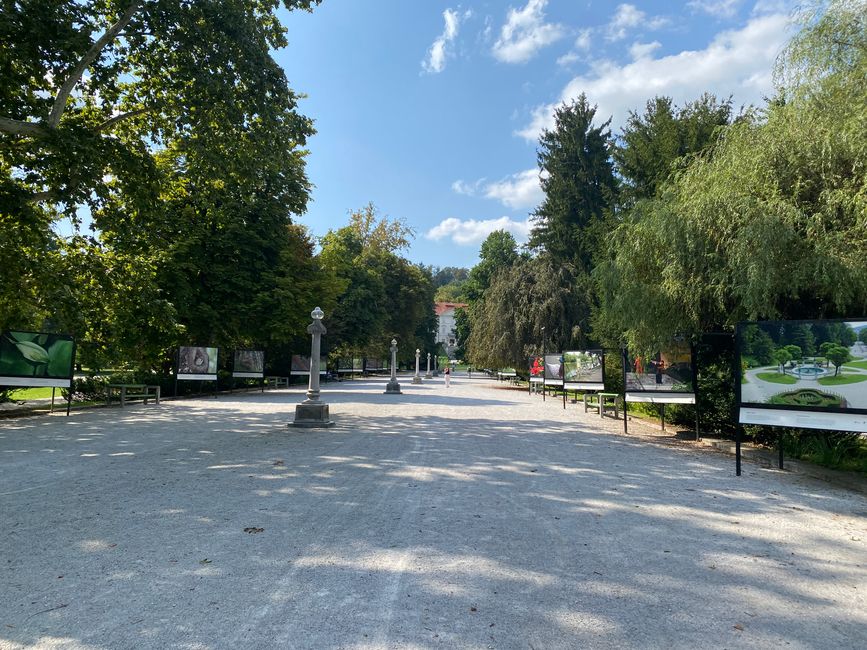
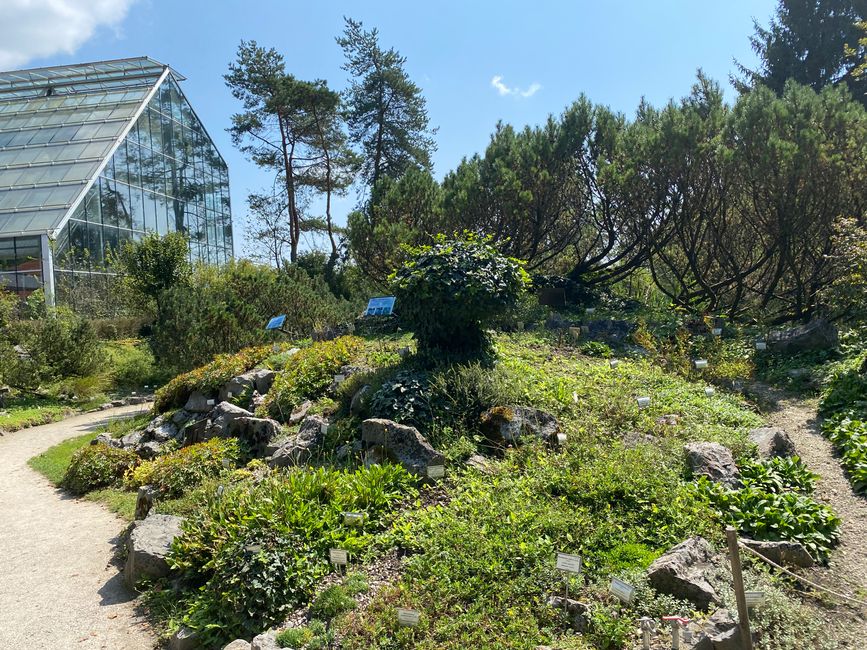
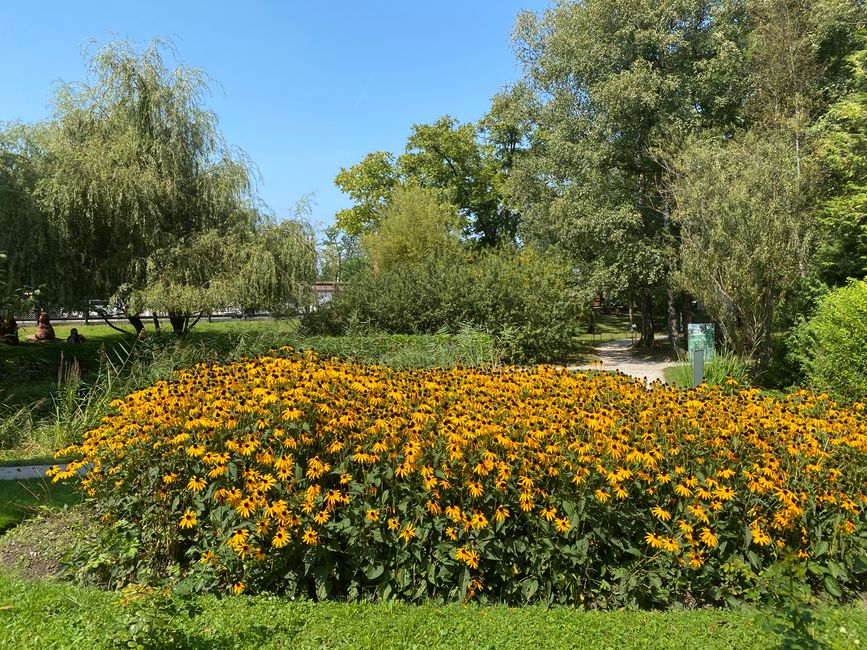
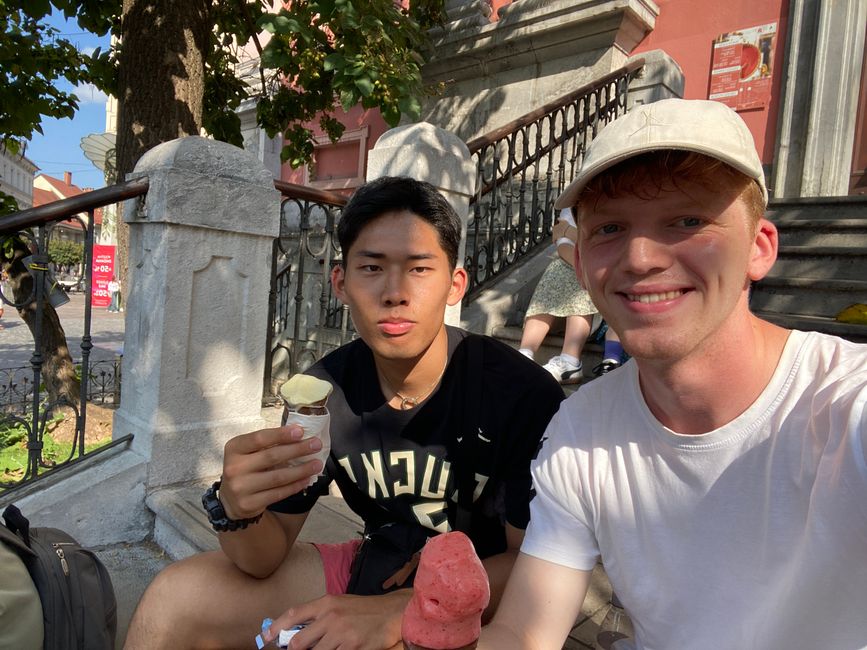
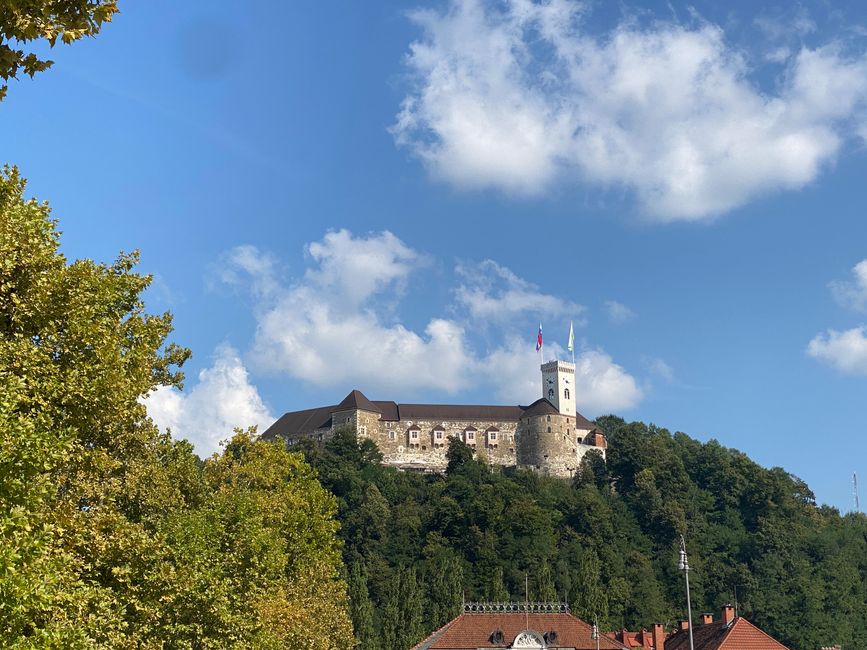
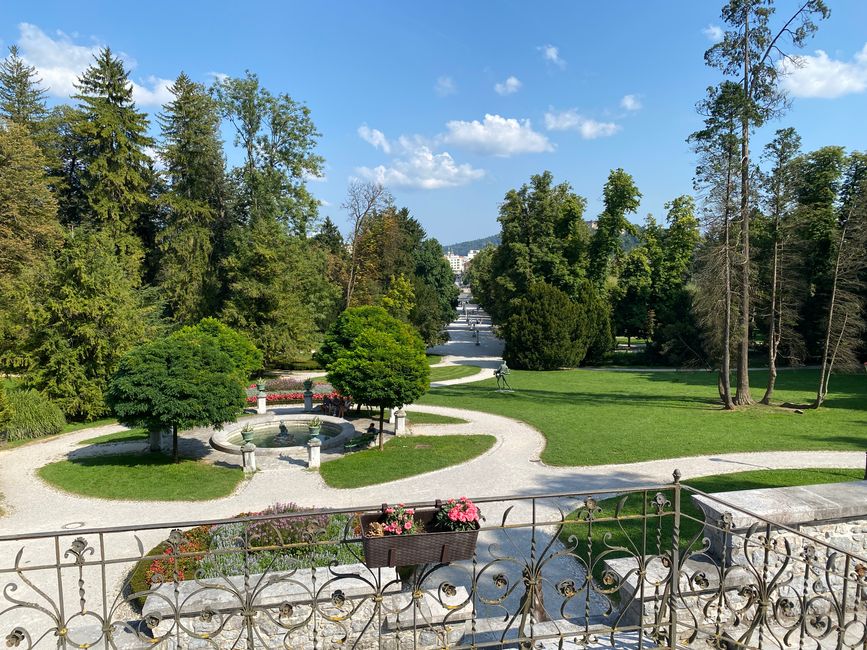
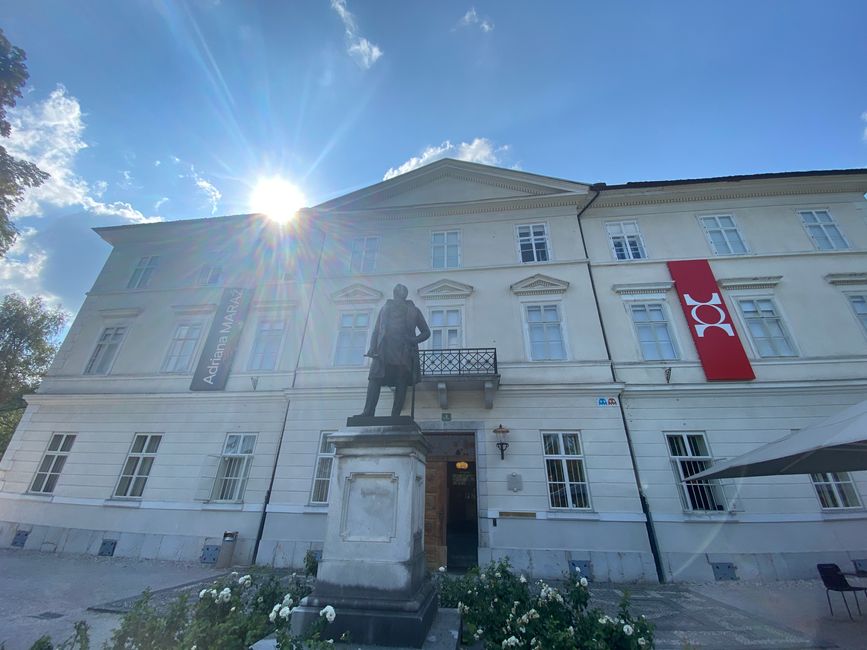
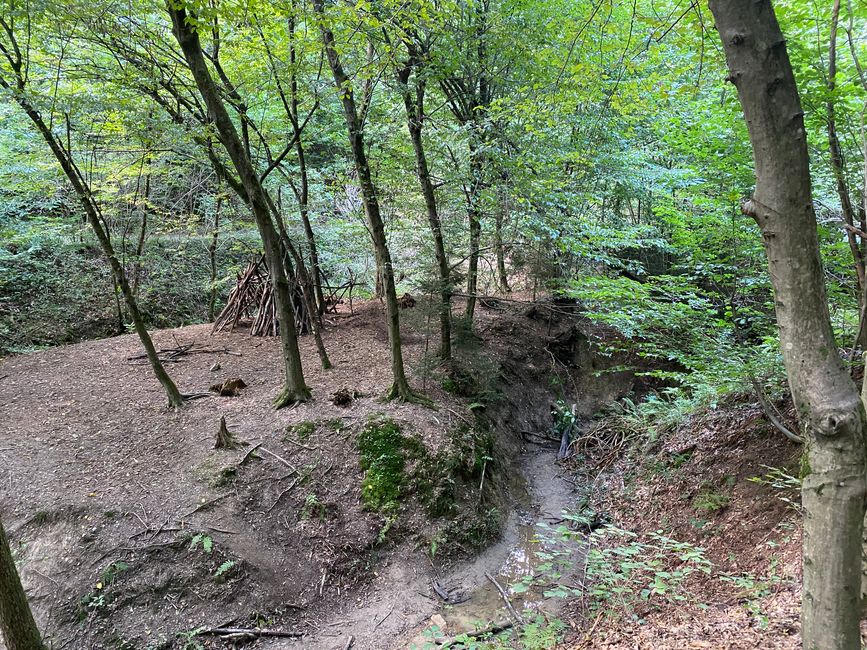
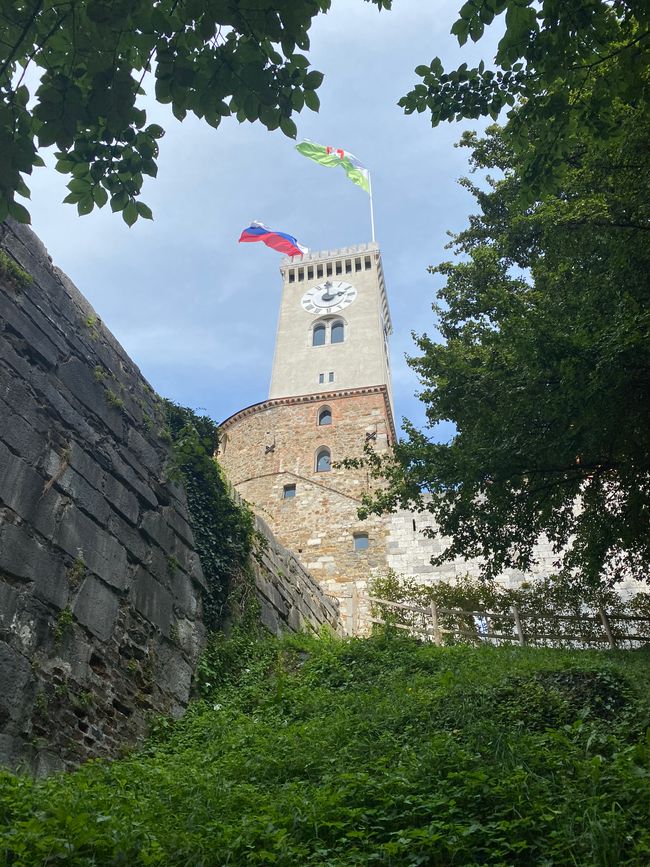
Падпісацца на рассылку
At 10:00 AM, I once again went to Prešeren Square, where a second free tour was set to begin. This time, with a different guide, we walked through the Old Town up to the Castle Hill.
The Town Hall Square, our first stop, played a significant role especially in the Middle Ages. Regular festivals were held here, and it served as a marketplace as well as a site for torture and executions of criminals.

Since the groundwater was heavily polluted in the Middle Ages, wine was considered the city's favorite drink. Consequently, the community suffered from alcohol problems. While important elections used to be held here in the marketplace, they mostly took place in the early morning hours, as that was the only time when the population was sober. During the process of reconsolidation, major book burnings of Protestant works were conducted in 1600 and 1601. Ironically, just a few meters away from the memorial stone, there is now a library.

As the ground area of Ljubljana had already been predetermined by the thick city wall, living space was scarce. Thus, the law was established that each house could only have three windows. Nevertheless, between 1600 and 1800, only 20 new houses were built in the city center.

Once we reached the top of Castle Hill, we learned that the castle was very difficult for attackers to assault, as it was protected by the river on three sides. Additionally, a deep moat was constructed, filled with thorn bushes and swords, so that the castle was never conquered.

During the exciting tour, I met a 19-year-old Japanese guy named Shun. As it turns out later, we were even staying in the same hostel and thus spent the rest of the day together. We walked along the Ljubljanica to the well-maintained botanical garden of the university.


Later, we enjoyed ice cream together and took a stroll through Tivoli City Park. At approximately 500 hectares, it is one of the largest city parks in the world.


In the evening, we returned to the hostel and cooked rice for dinner.
Падпісацца на рассылку
Адказ
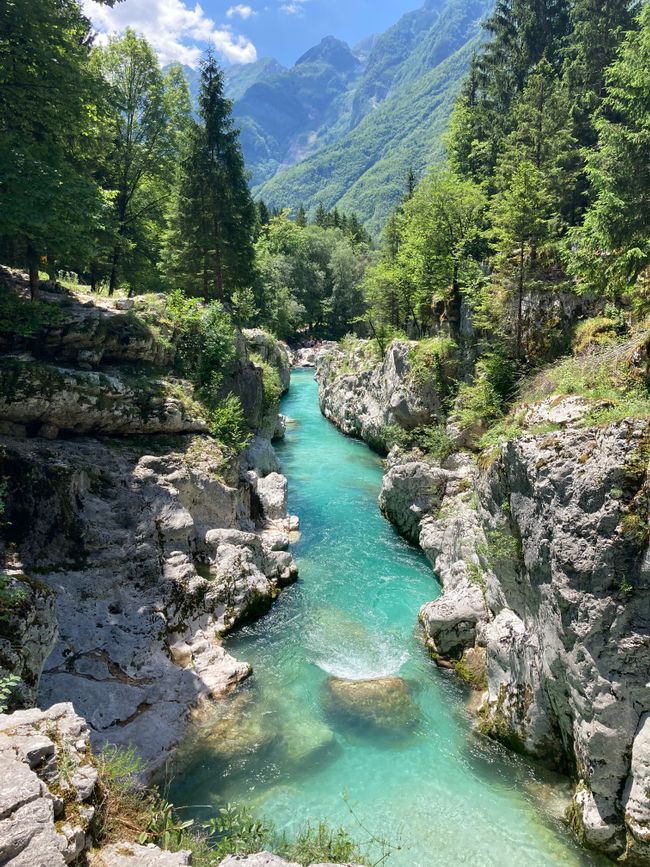
Справаздачы аб падарожжах Славенія
